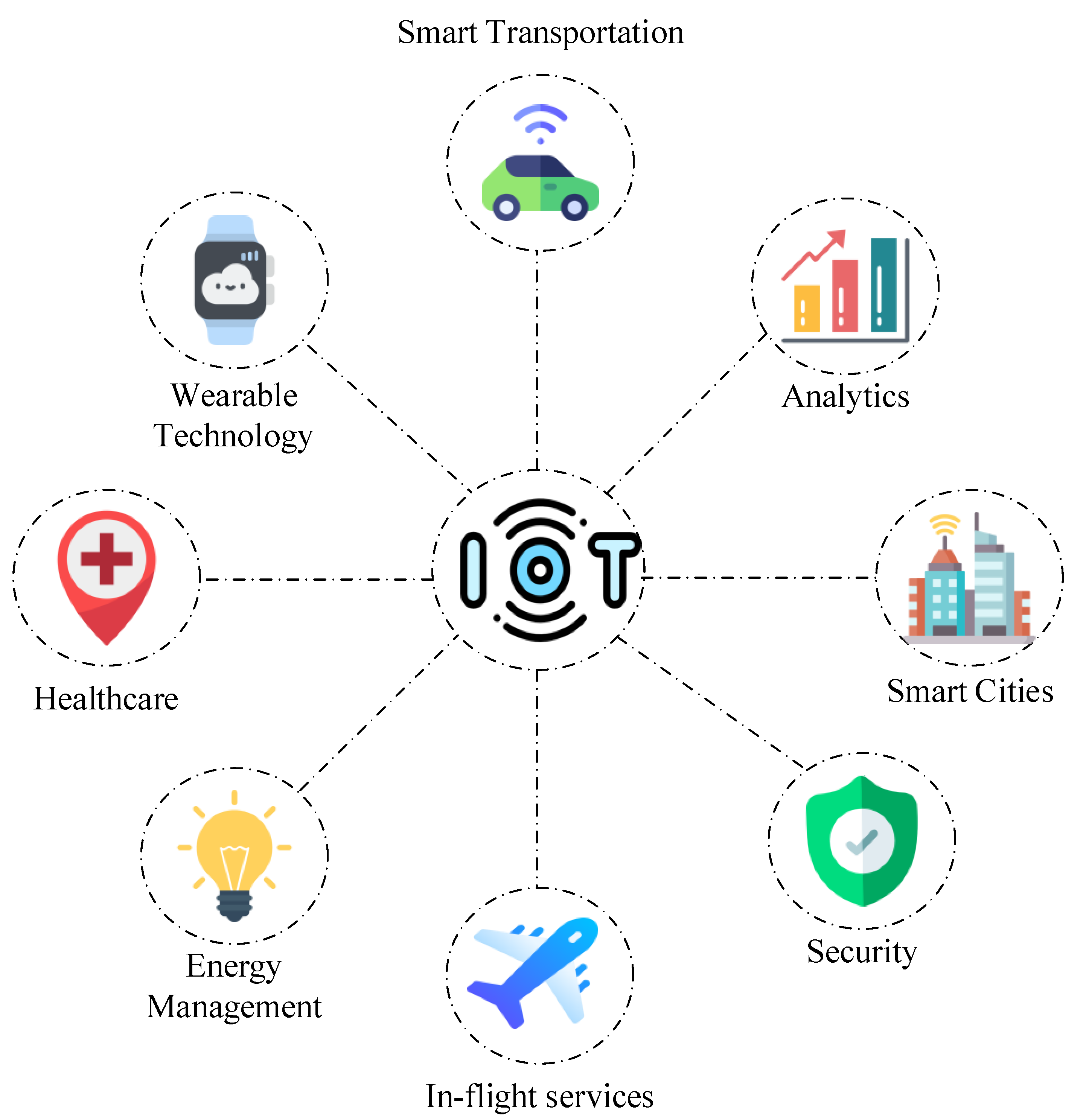Introduction to IoT: Unveiling the Internet of Things

The Internet of Things, commonly known as IoT, has become a buzzword in today's tech-driven era. But what exactly is IoT? How did it evolve? What are its key components, and why is it so crucial in various industries? In this blog post, I'll dive deep into the world of IoT and answer these questions.
What is IoT?
The term "Internet of Things" refers to the network of physical devices — from everyday household items like refrigerators and thermostats to industrial tools — that are connected to the internet, collecting and sharing data. This interconnectivity allows these devices to 'talk' to each other and to us, offering improved efficiency, accuracy, and economic benefit.
A Brief History of IoT
While the term 'Internet of Things' was coined by Kevin Ashton in 1999, the concept of connected devices has been around much longer. Early examples of connected devices include ATMs, which were introduced in the 1970s and were some of the first IoT objects, connecting the bank and the user over a network.
Over the years, advancements in technology, particularly the rise of broadband internet, wireless networks, and cheaper processors, have made it possible to turn anything into part of the IoT. Today, we're surrounded by billions of IoT devices that help us in our daily lives and work.
Key Components of IoT Systems
At the heart of any IoT system are the IoT devices themselves. These can be anything from a simple sensor to a complex industrial machine. The key is that these devices can connect to the internet and collect data.
This data is then sent to an IoT platform, which acts as the middle layer of an IoT system. The IoT platform collects, processes, and stores the data, often in the cloud.
Finally, the data can be accessed and used by end-users. This could be through a simple user interface (like an app on your smartphone that lets you control your smart thermostat) or a complex data analytics system that helps businesses make informed decisions.
Importance and Impact of IoT in Various Industries
The applications of IoT are virtually limitless and can be found in virtually every industry. In the healthcare sector, IoT devices monitor patients' health and alert medical professionals to potential issues. In agriculture, IoT devices help farmers monitor crops and livestock, improving efficiency and productivity. Even in our homes, IoT devices like smart thermostats, lights, and security systems make our lives easier and more comfortable.
In conclusion, IoT represents a significant shift in how we interact with technology. By connecting the physical and digital worlds, IoT has the potential to revolutionize everything from individual households to large industries, making our lives more efficient, productive, and convenient.
In the upcoming series of blog posts, I will delve deeper into the nuances of IoT, including networking and connectivity, IoT platforms, sensors and actuators, microcontrollers, data management, and security.